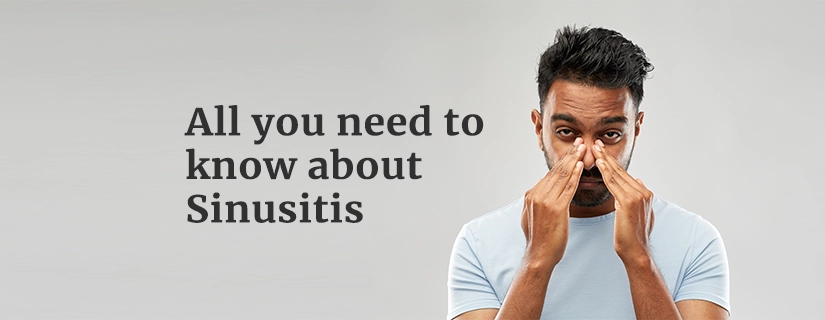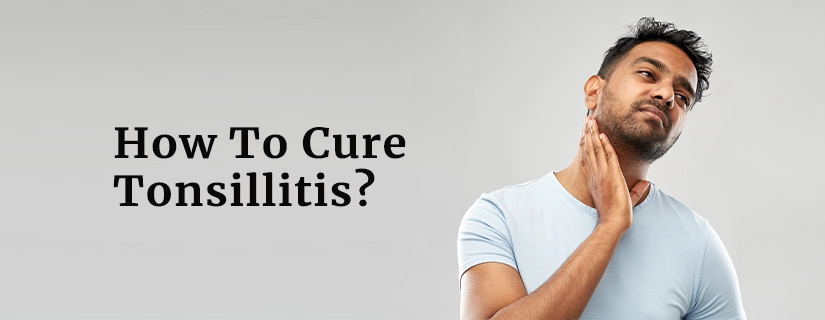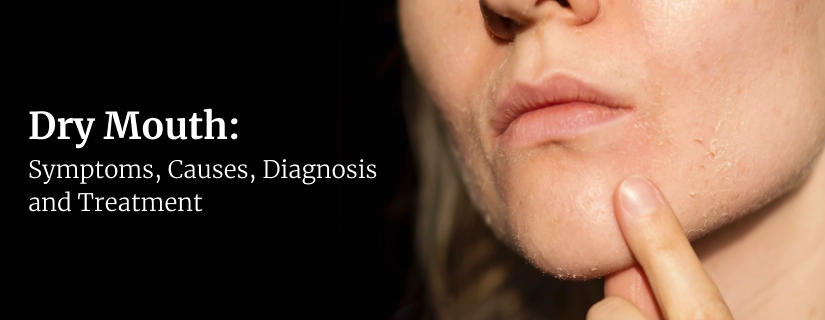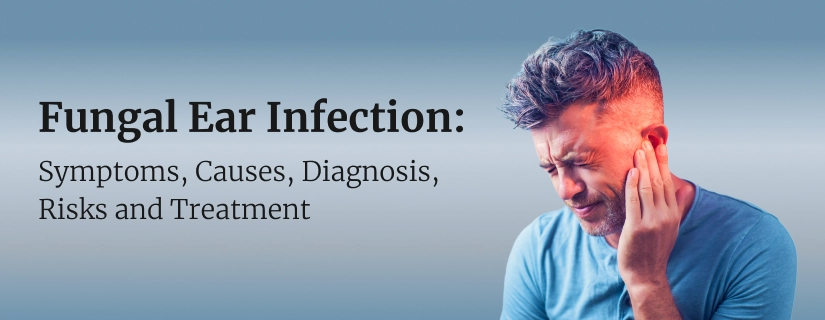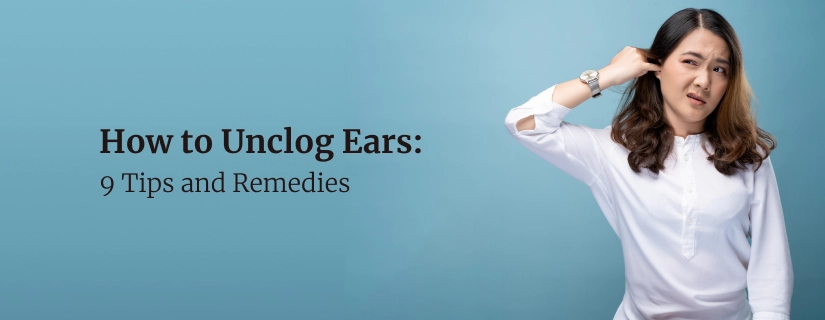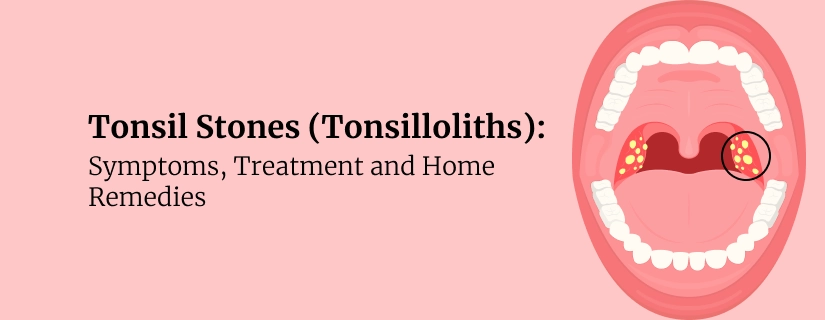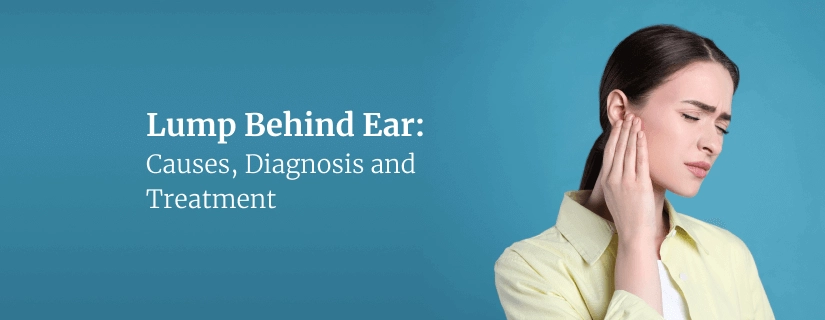-
Doctors
-
Specialities & Treatments
Centre of Excellence
Specialties
Treatments and Procedures
Hospitals & Directions HyderabadCARE Hospitals, Banjara Hills CARE Outpatient Centre, Banjara Hills CARE Hospitals, HITEC City CARE Hospitals, Nampally Gurunanak CARE Hospitals, Musheerabad CARE Hospitals Outpatient Centre, HITEC City CARE Hospitals, Malakpet
HyderabadCARE Hospitals, Banjara Hills CARE Outpatient Centre, Banjara Hills CARE Hospitals, HITEC City CARE Hospitals, Nampally Gurunanak CARE Hospitals, Musheerabad CARE Hospitals Outpatient Centre, HITEC City CARE Hospitals, Malakpet Raipur
Raipur
 Bhubaneswar
Bhubaneswar Visakhapatnam
Visakhapatnam
 Nagpur
Nagpur
 Indore
Indore
 Chh. Sambhajinagar
Chh. SambhajinagarClinics & Medical Centers
Book an AppointmentContact Us
Online Lab Reports
Book an Appointment
Consult Super-Specialist Doctors at CARE Hospitals
To Hear For Life, Listen With Care: World Hearing Day 2022
Updated on 3 March 2022
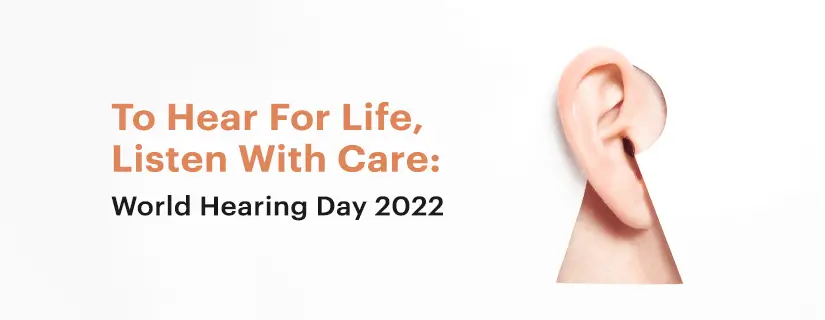
World Hearing Day to raise awareness on preventing deafness and hearing loss. It is also observed to promote ear and hearing care across the world. On World Hearing Day 2022, WHO will focus on the importance of safe listening as a means of maintaining good hearing across life.
Disabling hearing loss is defined as hearing loss greater than 40Db hearing levels (dB HL) in the better hearing ear in adults and greater than 30dB HL in the better hearing ear in Children, ageing is by far the most common factor that leads to hearing loss.
However, a number of other factors are also responsible for hearing loss in children and young adults. “These include genetic disorders, certain kinds of infectious diseases, chronic ear infections, toxicity from use of certain drugs and exposure to excessive noise,”
Hearing loss that occurs gradually as you age (presbycusis) is common.
Hearing loss is defined as one of three types:
- Conductive (involves outer or middle ear)
- Sensorineural (involves inner ear)
- Mixed (combination of the two)
Ageing and chronic exposure to loud noises both contribute to hearing loss. Other factors, such as excessive earwax, can temporarily reduce how well your ears conduct sounds.
You can’t reverse most types of hearing loss. However, you and your doctor or a hearing specialist at an ear hospital in Hyderabad can take steps to improve what you hear.
Symptoms
Signs and symptoms of hearing loss may include:
- Muffling of speech and other sounds
- Difficulty understanding words, especially against background noise or in a crowd
- Trouble hearing consonants
- Frequently asking others to speak more slowly, clearly, and loudly
- Needing to turn up the volume of the television or radio
- Withdrawal from conversations
- Avoidance of some social settings.
How you hear
Your ear consists of three major areas: the outer ear, middle ear, and inner ear. Sound waves pass through the outer ear and cause vibrations at the eardrum. The eardrum and three small bones of the middle ear amplify the vibrations as they travel to the inner ear. There, the vibrations pass through fluid in a snail-shaped structure in the inner ear (cochlea).
Attached to nerve cells in the cochlea are thousands of tiny hairs that help translate sound vibrations into electrical signals that are transmitted to your brain. Your brain turns these signals into sound.
How hearing loss can occur
Causes of hearing loss include:
- Damage to the inner ear.
- Aging and exposure to loud noise may cause wear and tear on the hairs or nerve cells in the cochlea that send sound signals to the brain. When these hairs or nerve cells are damaged or missing, electrical signals aren’t transmitted as efficiently, and hearing loss occurs.
- Higher pitched tones may become muffled to you. It may become difficult for you to pick out words against background noise.
- A gradual buildup of earwax. Earwax can block the ear canal and prevent the conduction of sound waves. Earwax removal can help restore your hearing.
- Ear infection and abnormal bone growths or tumors. In the outer or middle ear, any of these can cause hearing loss.
- Ruptured eardrum (tympanic membrane perforation). Loud blasts of noise, sudden changes in pressure, poking your eardrum with an object and infection can cause your eardrum to rupture and affect your hearing.
Diagnosis
Tests to diagnose hearing loss may include:
- Physical exam. Your doctor will look in your ear for possible causes of your hearing loss, such as earwax or inflammation from an infection. Your doctor will also look for any structural causes of your hearing problems.
- General screening tests. Your doctor may use the whisper test, asking you to cover one ear at a time to see how well you hear words spoken at various volumes and how you respond to other sounds. Its accuracy can be limited.
- App-based hearing tests. Mobile apps are available that you can use by yourself on your tablet to screen for moderate hearing loss.
- Tuning fork tests. Tuning forks are two-pronged, metal instruments that produce sounds when struck. Simple tests with tuning forks can help your doctor detect hearing loss. This evaluation may also reveal where in your ear the damage has occurred.
- Audiometer tests. During these more-thorough tests conducted by an audiologist, you wear earphones and hear sounds and words directed to each ear. Each tone is repeated at faint levels to find the quietest sound you can hear.
Hearing Loss Treatment
If you have hearing problems, the hearing loss treatment in Hyderabad will depend on the cause and severity of your hearing loss.
Here are some options for how to protect your hearing include:
- Removing wax blockage. Earwax blockage is a reversible cause of hearing loss. Your doctor may remove earwax using suction or a small tool with a loop on the end.
- Surgical procedures. Some types of hearing loss can be treated with surgery, including abnormalities of the eardrum or bones of hearing (ossicles). If you’ve had repeated infections with persistent fluid, your doctor may insert small tubes that help your ears drain.
- Hearing aids. If your hearing loss is due to damage to your inner ear, a hearing aid can be helpful. An audiologist can discuss with you the potential benefits of a hearing aid and fit you with a device. Open fit aids are currently the most popular, due to the fit and features offered.
- Cochlear implants. If you have more severe hearing loss and gain limited benefits from conventional hearing aids, then a cochlear implant may be an option. Unlike a hearing aid that amplifies sound and directs it into your ear canal, a cochlear implant bypasses damaged or nonworking parts of your inner ear and directly stimulates the hearing nerve. An audiologist, along with a medical doctor who specializes in disorders of the ears, nose, and throat (ENT), can discuss the risks and benefits.
New advancements in Cochlear implant technology
A cochlear implant has been around for several decades now. However, advancements in the field of microelectronics and signal processing technology have enabled a further improvement in CI technology. While Cochlear implants have till now focused on offering the hearing ability to people with an impairment, new advancements in the field are focusing on manufacturing the slimmest electrodes that are designed to be completely atraumatic so as to preserve the delicate natural cochlear structures. Similarly, preserving residual hearing through surgical technique advancements is another vital emerging area that is helping improve cochlear implant efficacy.
Dr. N. Vishnu Swaroop Reddy – Head of the Department of ENT Surgery, CARE Hospitals, Banjarahills, said the importance of neonatal hearing screening using otoacoustic emissions and brainstem evoked response audiometry for newborn and early identification of hearing loss in ototoxicity and noise-induced hearing loss.
Dr. N. Vishnu Swaroop Reddy
Clinical Director Head of the Dept. & Chief Consultant ENT and Facial Plastic Surgeon
MS (ENT), FRCS (Edinburgh), FRCS (Ireland), DLORCS (England)
CARE Hospitals – Banjara Hills & Hi-tech City

ENQUIRY FORM
SELECT CATEGORIES
-
Neurosciences (16)
-
Neurology (38)
-
Neurosurgery (14)
-
Orthopaedics (48)
-
Oncology (33)
-
Obstetrics and gynecology (52)
-
Pulmonology (23)
-
Urology (20)
-
Nephrology (13)
-
Psychiatry (7)
-
Dietetics and Nutrition (111)
-
General Medicine (63)
-
Cardiac Sciences (32)
-
Vascular & Endovascular Surgery and Interventional Radiology (15)
-
Gastroenterology (46)
-
Endocrinology (23)
-
Plastic Surgery (10)
-
Critical Care Medicine (5)
-
COVID-19 (16)
-
Dermatology (16)
-
Emergency Care (1)
-
Ophthalmology (4)
-
Pediatrics (14)
-
Laparoscopic and Bariatric Surgery (8)
-
ENT (15)
-
Kidney Transplant (1)
-
Liver Transplantation and Hepatobiliary Surgery (5)
-
General Surgery (3)
-
Internal Medicine (5)
-
Medicine Information
Tonsilitis – Symptoms, Causes and Treatment
YOU MAY ALSO LIKE
RECENT BLOGS
-

Ways to Keep up Sodium levels in Hyponatremia
11 December 2025
Read More
-

12 Health Benefits of Apple Cider Vinegar
1 December 2025
Read More
-

Vitamin B6 Vs B12: What Is the Difference?
1 December 2025
Read More
-

8 Health Benefits of Vitamin B Complex
1 December 2025
Read More
-

15 Home Remedies for Stomach Pain
1 December 2025
Read More
-

Leukocytes in Urine: Symptoms, Causes, and Treatment
1 December 2025
Read More
-

Lower Back Pain in Women: Causes, Symptoms, Treatment and More
1 December 2025
Read More
-

Male Yeast Infection: Symptoms, Causes, Treatment and Home Remedies
1 December 2025
Read More
Have a Question?
If you cannot find answers to your queries, please fill out the enquiry form or call the number below. We will contact you shortly.


